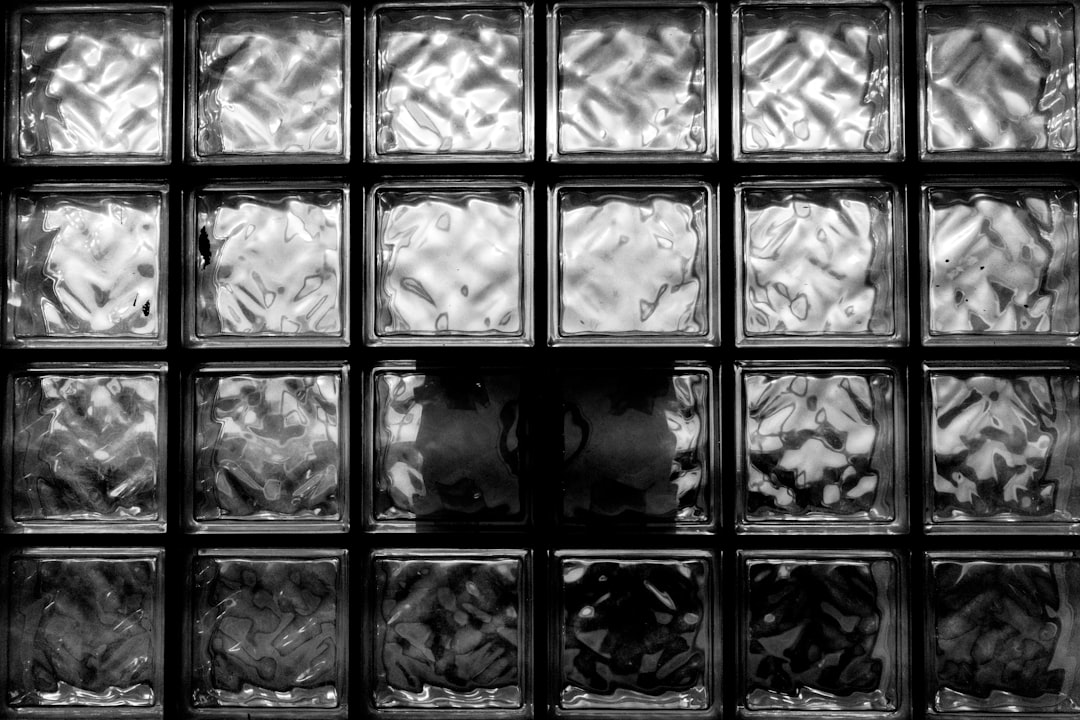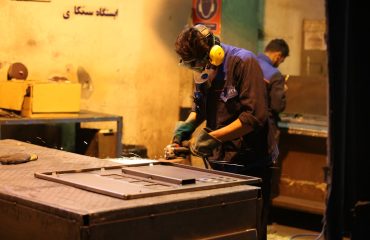Cold drawn square bars are precision-engineered steel components renowned for their exceptional dimensional accuracy, superior surface finish, and enhanced mechanical properties. This comprehensive guide delves into the intricacies of these versatile materials, covering their manufacturing process, characteristics, diverse applications, and crucial selection considerations.
The Cold Drawing Process: Shaping Precision
The creation of cold drawn square bars begins with hot-rolled steel bars. These bars, already possessing a basic square shape, undergo a series of crucial steps in the cold drawing process. This process involves pulling the heated steel bar through a series of progressively smaller dies at room temperature. This controlled deformation refines the grain structure of the steel, significantly impacting its final properties. The absence of heat during this process prevents oxidation and scaling, resulting in a cleaner, smoother surface than hot-rolled counterparts. The precise control over the drawing process allows for extremely tight tolerances, yielding bars with exceptional dimensional accuracy. This accuracy is critical for applications demanding precise fit and function.
Exceptional Mechanical Properties: Strength and Durability
Cold drawing imparts several key mechanical advantages to square bars. The cold working process increases the yield strength and tensile strength of the steel, making it significantly stronger and more resistant to deformation under load. This enhanced strength is crucial in applications requiring high structural integrity. Furthermore, cold drawing improves the bar’s hardness, enhancing its resistance to wear and abrasion. The resulting improved ductility allows for greater formability, facilitating secondary processing such as bending, machining, and welding, depending on the grade of steel.
Diverse Applications: Where Precision Matters
The combination of high strength, precision dimensions, and superior surface finish makes cold drawn square bars highly versatile. Their applications span numerous industries. In the automotive industry, they are used in chassis components, suspension systems, and engine parts. The construction industry utilizes them in structural supports, reinforcement bars, and specialized components. The manufacturing sector employs them in machinery parts, tooling, and precision fixtures. Other applications include hydraulic cylinders, furniture manufacturing, and various custom fabrication projects where high strength and accuracy are paramount.
Selecting the Right Cold Drawn Square Bar: A Guide to Specifications
Selecting the appropriate cold drawn square bar requires careful consideration of several factors. The required dimensions (length and cross-sectional area) are fundamental. The grade of steel is critical, impacting strength, hardness, and other mechanical properties. Common steel grades include low-carbon steel, medium-carbon steel, and high-carbon steel, each offering a different balance of strength, ductility, and weldability. Surface finish requirements also play a role; some applications demand a highly polished surface, while others may tolerate a more standard finish. Finally, tolerance specifications dictate the permissible variation in dimensions, crucial for ensuring proper fit and function in the final assembly.
Advantages of Cold Drawn Square Bars over Alternatives
Compared to hot-rolled square bars, cold drawn bars offer significant advantages. Their superior surface finish reduces the need for extensive machining, saving time and cost. The enhanced dimensional accuracy minimizes waste and simplifies assembly. The increased strength allows for lighter designs without compromising structural integrity. These advantages translate to improved efficiency and reduced manufacturing costs in many applications. Furthermore, cold drawn bars often exhibit better fatigue resistance compared to hot-rolled counterparts, extending their lifespan in cyclically loaded applications.
In conclusion, cold drawn square bars represent a superior choice for numerous engineering and manufacturing applications where precision, strength, and durability are essential. Understanding their manufacturing process, properties, and selection criteria is crucial for engineers and manufacturers seeking to optimize their designs and improve product performance.
SEO-Friendly Tags:
- Cold Drawn Square Bars
- Steel Square Bars
- Precision Steel Bars
- High Strength Steel Bars
- Cold Drawing Process




